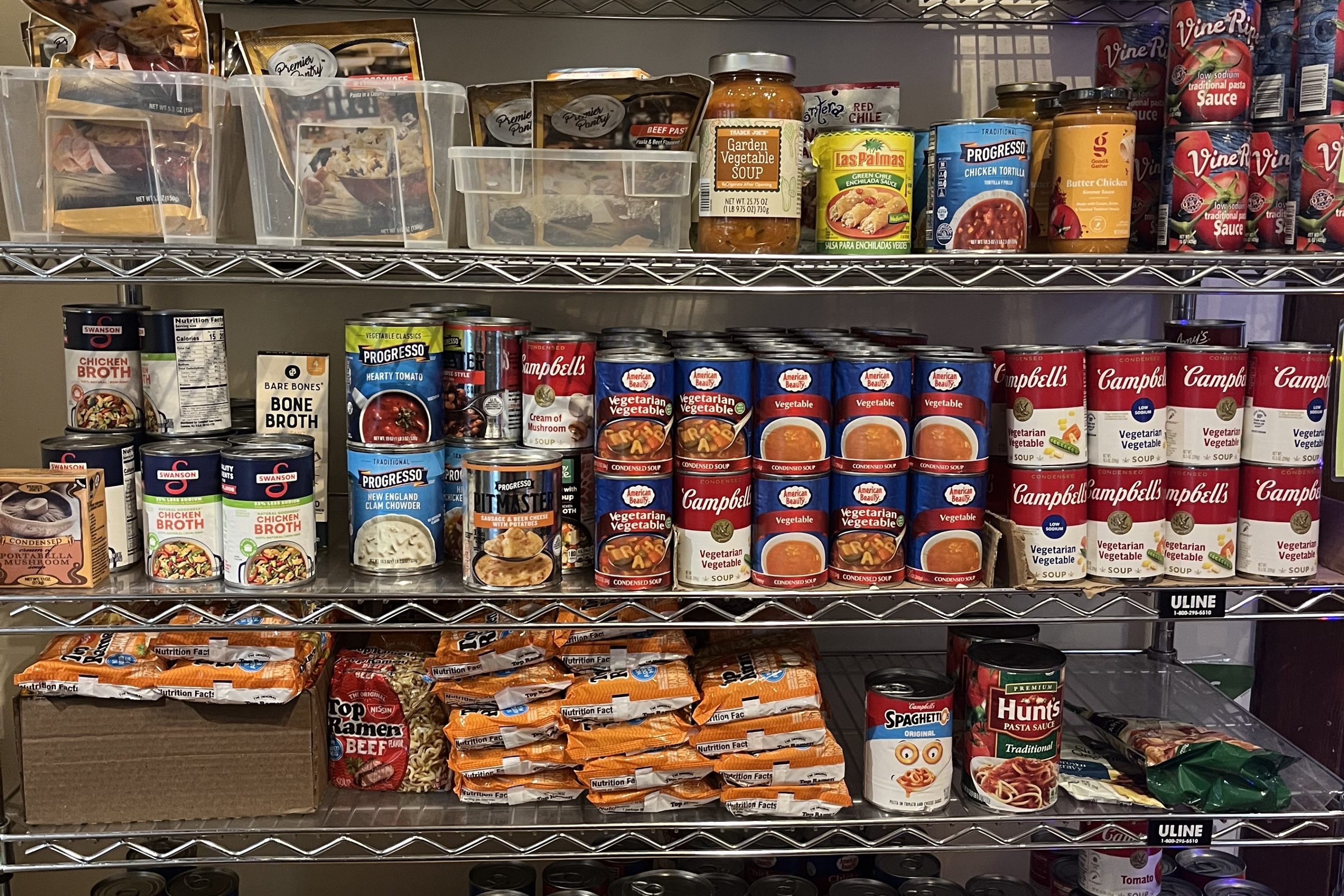Editor Craig Wilson’s poignant editorial last month, “Where We Are Now: Seeking Solutions to Crime and Disorder,” echoes a question on the minds of so many Minneapolitans: What has happened to our beautiful city?
His words recall Jane Jacobs’ seminal 1960s book, The Death and Life of Great American Cities, where Jacobs observed that “cities are judged by their streets — the feeling of safety and trust.”
But how do we regain safety and trust, a shared vision of amity?
The answer begins with us: walking the streets, shopping at local establishments and simply being present. This is our community, after all. To city and county leadership, the message is clear: There is no greater local government calling than ensuring safety. The following are suggestions that I would like to put forward for improving crime and safety in our city.
Secure Youth Treatment Centers
Young offenders, particularly those committing carjackings and other crimes, need support and resources to turn their lives around. We must go beyond simply relying on courts to release them overnight. Many of these youth lack the leadership, love and mentorship that others have been fortunate to receive.
Add Police with Better Training
Increasing police presence is a proven deterrent to crime, but it must come with improved oversight, enhanced training and mechanisms to remove the small number of bad actors. “Feet on the street” remains a critical part of the solution.
Support Violence Prevention Groups
Organizations such as “We Push for Peace” play a key role in proactive conflict resolution, particularly in areas where police are less effective. These groups offer cost-effective, impactful alternatives when working in coordination with law enforcement.
Create an Entertainment Zone
Late-night establishments and nightclubs should be confined to a dedicated entertainment district, reducing the strain on police resources and minimizing risk across the city after midnight.
Eliminate Homelessness
Street encampments are neither safe nor humane for the homeless or the community. Programs like Avivo Village, which have successfully moved 40% of their clients into permanent housing, are part of the solution. When necessary, well-managed tent cities in appropriate locations can address capacity issues while providing dignity and care for those experiencing homelessness — provided that they have onsite services to work on people’s underlying conditions to help them find stability and success.
Work Together for Change
There are no silver bullets to solve these challenges, but progress is possible. It’s up to us — as a community — to work together, build trust and support solutions that make our city stronger, safer and more vibrant.





